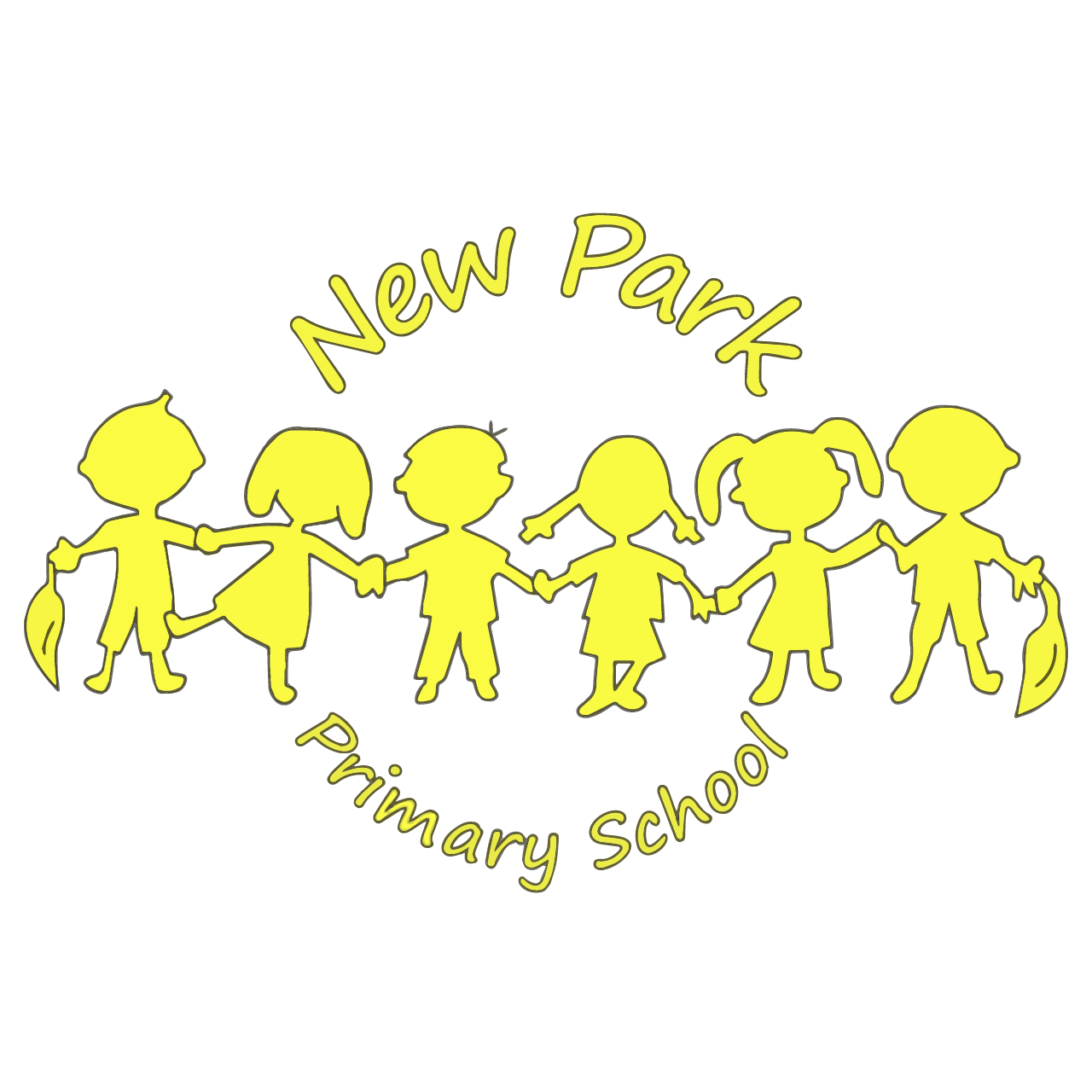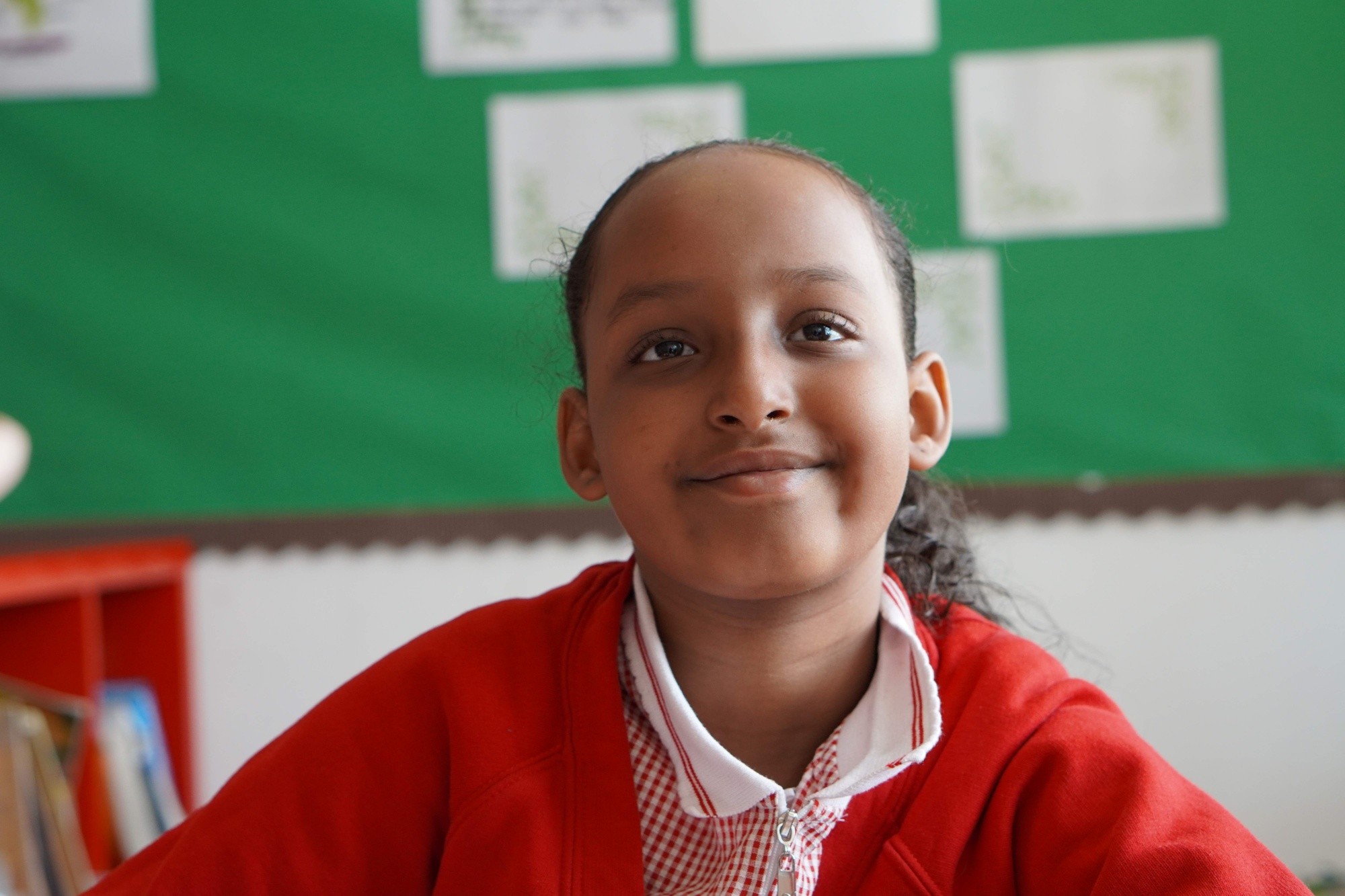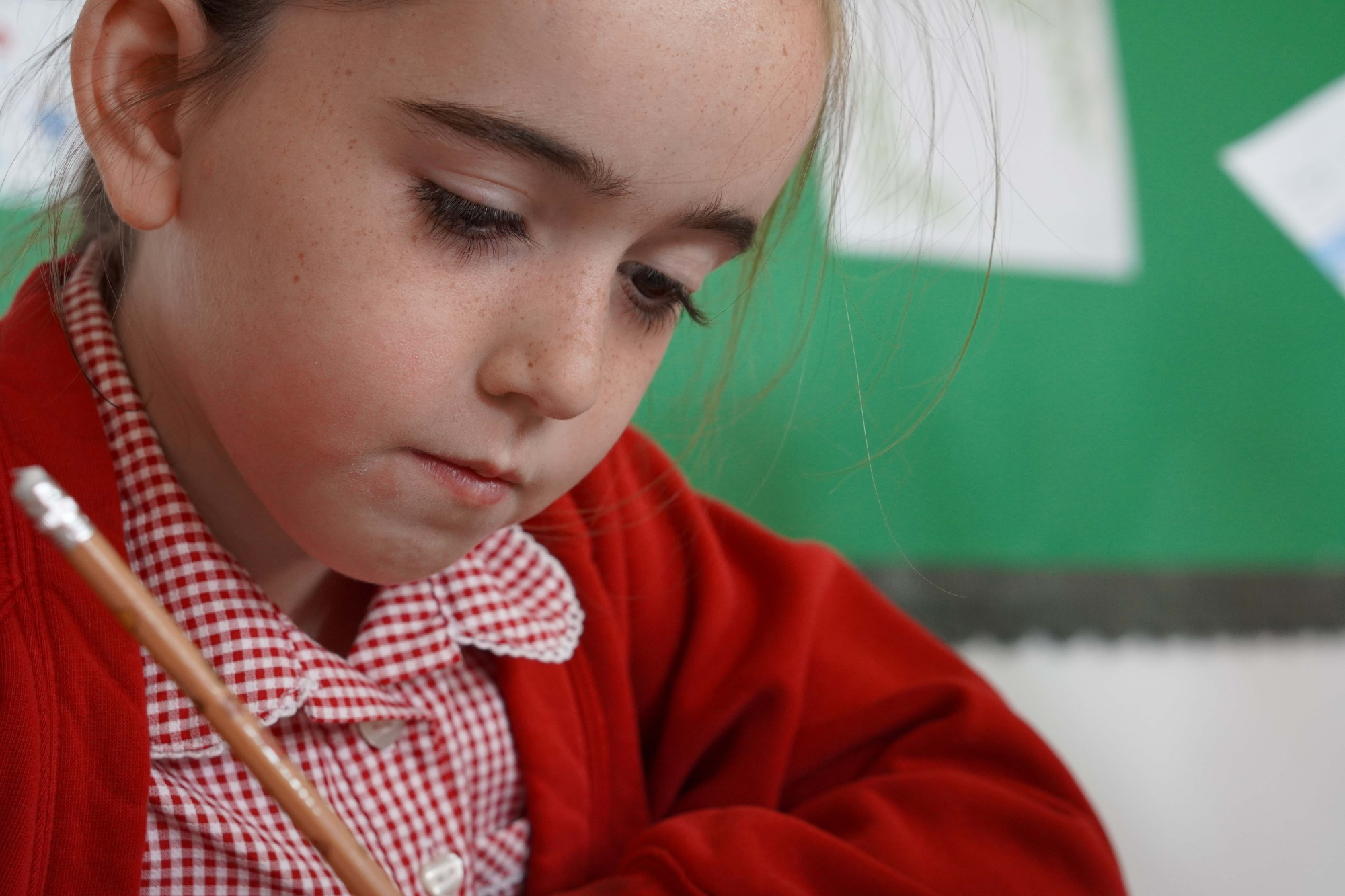Mathematics: Developing Confident Mathematicians
We are passionate about developing confident, numerate, and inquisitive mathematicians. Our Mathematics curriculum follows the National Curriculum for Mathematics.
Click here to view the National Curriculum Programme of Study for Mathematics.
Our Mastery Approach
We are committed to a mastery approach to Mathematics, which focuses on deep understanding and sustained learning for all pupils. We achieve this by:
- Utilising the new White Rose Maths Scheme of Learning as our core framework, alongside resources like NumBots and Times Tables Rockstars.
- Ensuring staff have strong subject knowledge to deliver high-quality, challenging lessons for all.
- Being part of the Northwest Three Maths Hub – Sustaining Mastery Workgroup, sharing good practice and receiving support from specialist teachers.
We believe there is no ceiling to what children can learn and achieve in Maths. Children develop skills through varied fluency, representations, structures, reasoning, and problem-solving, applying their knowledge to real-life scenarios. Our after-school clubs and Maths celebrations further enrich the curriculum, broadening children's horizons for both further education and the wider world.
Supporting Every Learner
We believe all children should have the opportunity to achieve at the mastery level in Mathematics. To ensure this:
- Staff identify and address individual barriers to learning, tailoring teaching to meet every child's needs.
- Regular assessment and pupil performance meetings inform intervention planning through gap analysis.
- Problem-solving is embedded in all Maths lessons, fostering mathematical thinking.
- We integrate Maths into other curriculum areas, demonstrating its everyday relevance.
Our Vision for Mathematics
We recognise that mathematics is important in everyday life and actively promote this. Our enthusiastic staff encourage children to develop positive attitudes towards the subject, boosting confidence and enabling achievement that will last beyond school.
Our aim at New Park is to deliver a well-rounded, high-quality Maths curriculum that enables children to be numerate, creative, independent, inquisitive, and confident. Our school environment promotes this through numerous examples, real-life contexts, and creative resources.
Subject Content
By the end of Key Stage 2, pupils at New Park should demonstrate proficiency in:
- Number & Place Value: Reading, writing, ordering, and comparing numbers up to 10,000,000; rounding whole numbers; using negative numbers in context and calculating across zero.
- Addition, Subtraction, Multiplication & Division: Multiplying multi-digit numbers by two-digit numbers (long multiplication); dividing numbers up to 4 digits by two-digit numbers (long/short division, interpreting remainders); performing mental calculations with mixed operations; identifying common factors, multiples, and prime numbers; using order of operations; solving multi-step problems; using estimation to check answers; solving problems involving all four operations.
- Number - Fractions (including Decimals & Percentages): Simplifying fractions, expressing fractions with common denominators; comparing and ordering fractions (including >1); adding/subtracting fractions with different denominators and mixed numbers; multiplying simple proper fractions; dividing proper fractions by whole numbers; identifying digit value in three decimal places; multiplying/dividing by 10, 100, 1000; multiplying one-digit numbers with decimals by whole numbers; using written division for decimal answers; solving problems requiring rounding to specified degrees of accuracy.
- Ratio & Proportion: Solving problems involving relative sizes, percentages, similar shapes (known/found scale factor), and unequal sharing/grouping using fractions/multiples.
- Algebra: Using simple formulae; generating and describing linear number sequences; expressing missing number problems algebraically; finding pairs of numbers that satisfy equations with two unknowns; enumerating possibilities of combinations of two variables.
- Measurement: Solving problems involving calculation and conversion of units (using decimal notation); converting between standard units of length, mass, volume, time (including miles/kilometres); recognising shapes with same areas can have different perimeters; recognising when to use formulae for area/volume; calculating area of parallelograms and triangles; calculating, estimating, and comparing volume of cubes/cuboids.
- Geometry: Drawing 2-D shapes with given dimensions/angles; recognising, describing, and building simple 3-D shapes (including nets); comparing/classifying geometric shapes based on properties/sizes; finding unknown angles in triangles, quadrilaterals, and regular polygons; illustrating/naming parts of circles (radius, diameter, circumference, diameter=2x radius); recognising angles at a point, on a straight line, vertically opposite, and finding missing angles.


